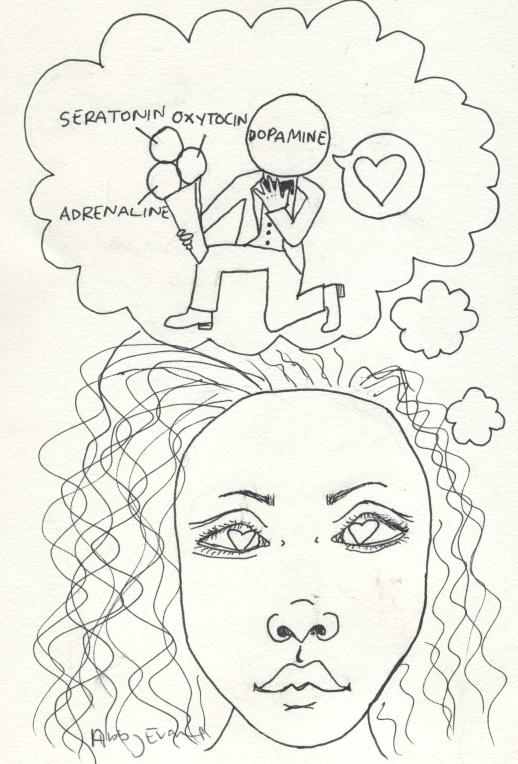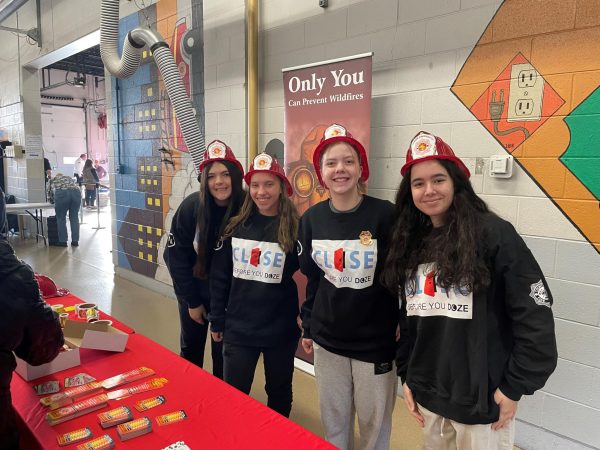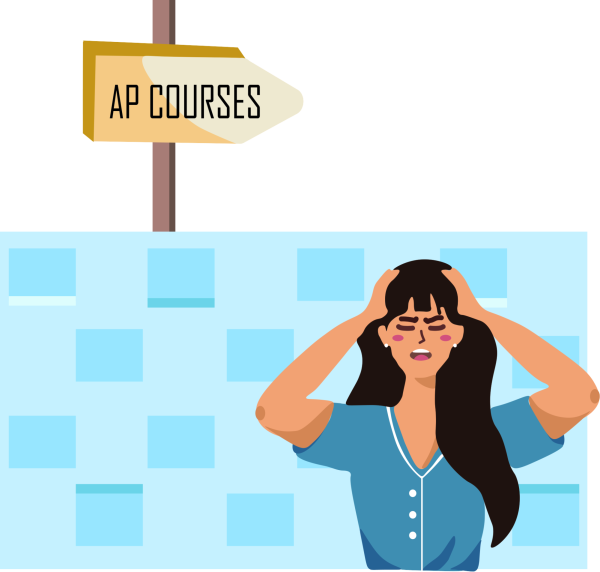A scientific Valentines Day
Valentine’s day is quickly approaching and as we struggle to find that cute date to take out in the evening, we commonly disregard a very important aspect: Love; A force that has tremendous impact with capabilities we deem impossible. According to its dictionary definition, it is an intense feeling of deep affection..
The truth of the matter is that love doesn’t have a static definition. Love is an emotion and . So, therefore, everyone has their own definition of love.
But the question of “how do I know if I love something or someone?” is a lot more complicated than you may think. Let’s first take a look at the science.
The brain is the facilitator of these chemical changes and imbalances. Let’s first start off with the first step into what we call “falling in love.” throughout our average day humans see millions of different things whether that be the life outdoors, indoors, or in your phone; all of which is stimulus for your brain. Stimuli have different effects on different people.
Let’s say that you’ve found a certain someone; this person suits all of your needs and fulfills all of your desires. Your brain will start to release a neurotransmitter called dopamine. This compound, in conjunction with serotonin, is responsible for the control of our brain’s reward and pleasure center that helps boost an individual’s happiness and esteem.
Another chemical that contributes to these initial stages of love is epinephrine , often referred to as adrenaline. This release from your adrenal glands helps blood circulate throughout the body to aid all vital and muscular regions that may need to be used in case of an emergency; which may be the reason we start to feel love sick when our blood leaves our stomach. The reason why we feel a wave of happiness and excitement in this process is largely a result of the these three chemicals: Dopamine, Serotonin, and Epinephrine. These releases are the premature stages of an individual’s descent into “love.”
The longevity of this period is entirely case by case but it’s important to understand that these chemical releases occur throughout the whole span of the relationship. Due to the fact that these neurotransmitters are released in response to stimuli, it helps to be aware of the changes within the brain because they may lead to impulsive decisions.
This is where we separate the two distinct kinds of love: Passionate and compassionate. Passionate love, often referred to as the “Honeymoon phase” takes its effect when we experience these initial chemical releases. Psychologists refer to condition of mind as limerence. Limerence is known as the state of mind where someone is infatuated or obsessed with another person involuntarily. And unfortunately for most, this is where the majority of relationships end. But for those that don’t, we begin to travel into the crevasses of compassionate love.
Compassionate love is the long lasting love that surpasses the short bursts of happiness and joy. This kind of attraction is what keeps the bond between partners together for a longer period of time. As with any feeling, there is always a chemical responsible for it. Oxytocin is the hormone that plays the largest role in this solidity between mates.
Evolutionarily speaking, the sole reason to live is development and reproduction, so in order to create a subconscious bond between beings, a chemical needs to be present. Specifically in humans, oxytocin is released after mating. Scientists believe that the more intimacy couples have within their relationships, the stronger their bonds become. But this release isn’t only responsible for the monogamy between two lovers, it also deepens a mother’s affection for her offspring. Meaning that the innate love that mothers have for their children is due to oxytocin.
Finally we have to look at vasopressin. In a study conducted by National Geographic where Prairie Voles (a small rodent found in Central North America) were examined to gauge the effects that these long term bonding compounds have on a species that compares to humans when looking at monogamy and commitment, scientists noticed that the Voles that had a viral injection that increased the amounts of neuroreceptors became more attached. Even when the voles were separated and then united weeks later, the voles still came back to their original partners. This experiment showed the true value and purpose of this chemical in our brains.
Evidently, the process that the brain undergoes in order to instil a close bond between two people is extensive and complicated. Frankly, the chemicals discussed are just the surface of what goes on in the brain when one starts to fall in love.











